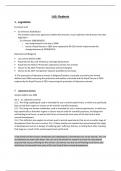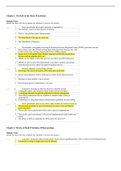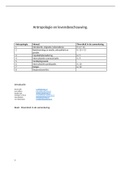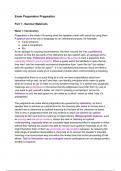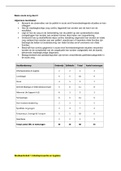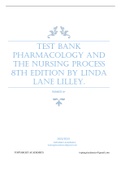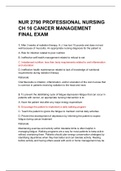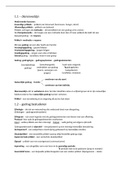Samenvatting
Summary of Laboratory Animal Science (LAS) - Rodents FELASA AC 2099FBDBMW (16/20)
- Vak
- (2099FBDBMW)
- Instelling
- Universiteit Antwerpen (UA)
This is the summary of the course: Laboratory Animal Science - Rodents FELASA AC. It containts for every slides: class notes and a summary.
[Meer zien]
